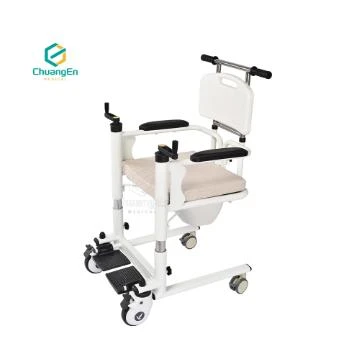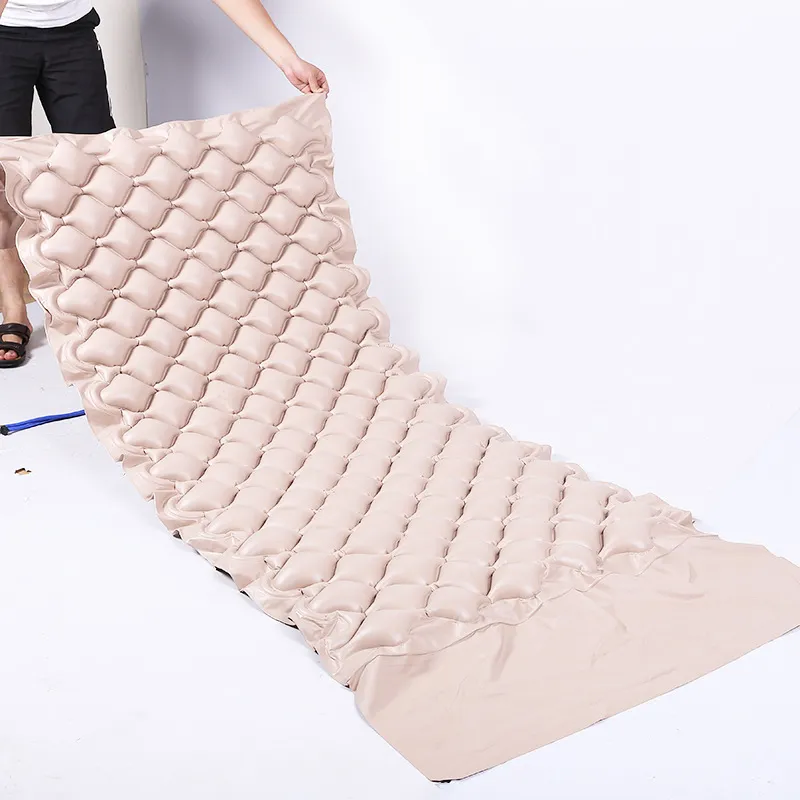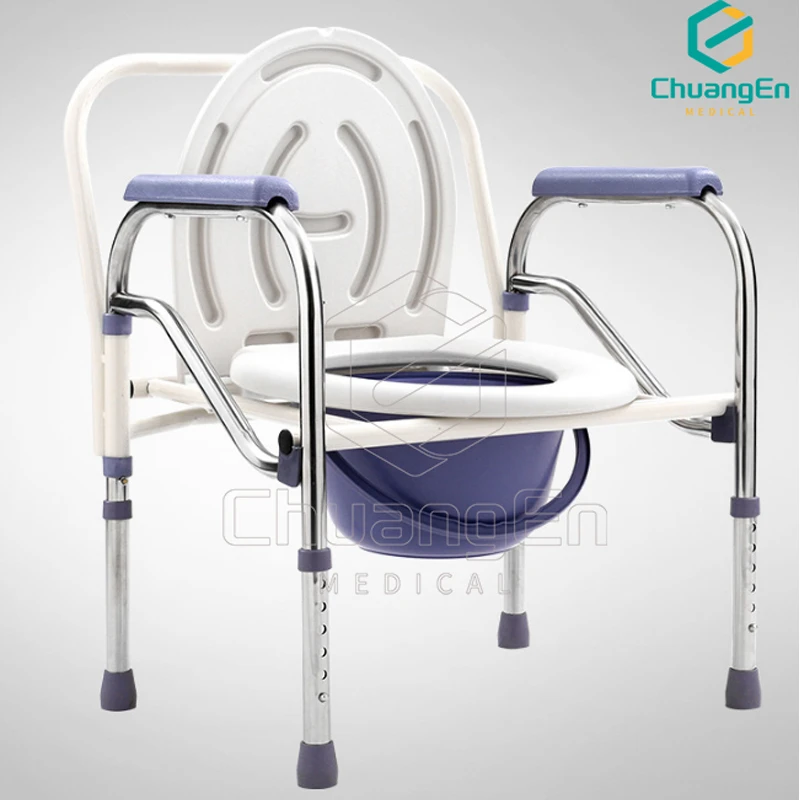- Introduction to portable electric power wheelchair
technology - Key technological advantages of modern models
- Comparative analysis of leading manufacturers
- Overview of electric power wheelchair prices and market trends
- Customization options and tailored solutions
- Application cases and user success stories
- Conclusion and future outlook for portable electric power wheelchairs
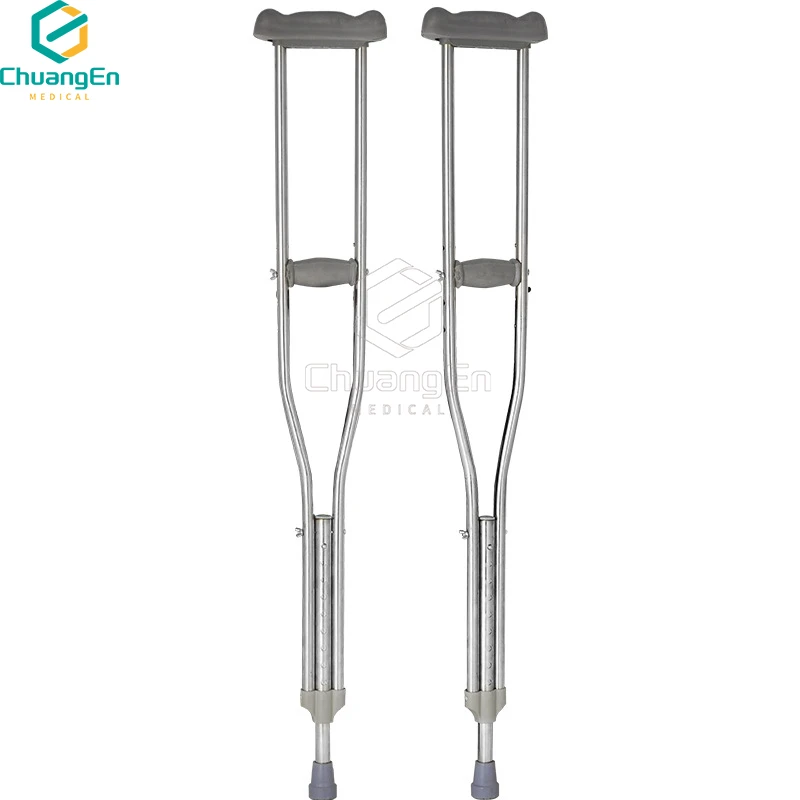
(portable electric power wheelchair)
Unveiling the Evolution of Portable Electric Power Wheelchair Technology
The demand for portable electric power wheelchair solutions has surged in recent years, spurred by advancements in mobility technology and shifting user expectations. As global populations age and the need for independence grows, manufacturers and innovators are striving to deliver mobility products that blend convenience, usability, and efficiency. A recent report indicates that the worldwide market for electric-powered wheelchairs is projected to exceed $5.6 billion by 2028, up from $3.9 billion in 2022, with nearly 20% of units in the segment classified as portable or lightweight.
Traditionally, powered wheelchairs were limited by weight, bulkiness, and lack of adaptability. However, the contemporary portable lightweight electric foldable power wheelchair addresses these challenges by offering foldable frames, compact designs, and user-centric features. These devices enable people with variable mobility needs to travel, work, and socialize more freely than ever before. The question now facing consumers and healthcare professionals is how to discern which model and manufacturer offer the best combination of value, safety, and performance.
Technological Distinctions of Portable Lightweight Electric Foldable Power Wheelchairs
Modern portable electric wheelchairs integrate engineering advancements that reduce user fatigue and broaden usability. Lightweight materials like aircraft-grade aluminum and carbon fiber have replaced conventional steel, resulting in frames that may weigh as little as 15 kg (33 lbs). For comparison, models produced just a decade ago often weighed over 50 kg (110 lbs).
Another pivotal advance is the lithium-ion battery system, which extends driving range beyond 15 miles on a single charge and offers quick-swap modules for continuous use. Users can expect smooth torque delivery and consistent speed, even on inclines, thanks to brushless DC motors providing outputs of up to 300W per wheel. According to a 2023 survey from the Mobility Devices Association, 82% of users prioritize reliable battery life and 77% cite maneuverability as key factors influencing their purchasing decision.
Additional features such as adjustable seating, joystick or touchpad controls, and real-time diagnostic displays are becoming standard on new portable electric power wheelchair models. These innovations address comfort and convenience by accommodating users with a variety of dexterity levels, and facilitating integration with smart home and mobile connectivity.
Comparative Manufacturer Overview: Leading Brands and Models
To assist buyers in the crowded mobility market, the table below compares five of the top brands offering portable lightweight electric foldable power wheelchair solutions, focusing on weight, driving range, foldability, and technological attributes:
| Brand / Model | Weight (kg/lbs) | Driving Range (miles) | Battery Type | Max User Weight (kg/lbs) | Foldability | Special Features |
|---|---|---|---|---|---|---|
| QuickMove UltraLite X | 17 / 37.5 | 13.5 | Lithium-ion, 10Ah | 120 / 265 | One-click manual fold | Bluetooth diagnostics, airline-approved |
| FlexiRide Pro 2 | 21 / 46 | 15 | Lithium-ion, 15Ah | 130 / 287 | Remote fold via app | Suspension, app control |
| eTraveler 3000 | 19 / 41.8 | 12 | Lithium-ion, 8.8Ah | 115 / 253 | Quick-release fold | 360° joystick, anti-tip wheels |
| MobilityGo LiteFly | 15 / 33 | 10.6 | Lithium-ion, 6Ah | 100 / 220 | Manual fold, compact case | USB charging, lightweight wheels |
| TravelMate Carbon S | 16.5 / 36.4 | 14 | Lithium-ion, 12Ah | 110 / 242 | Electrical fold button | GPS tracking, padded seat rest |
As illustrated, today’s portable lightweight electric foldable power wheelchair market offers a diverse array of technologies focused on maximizing convenience and adaptability. Enhanced safety features such as anti-tip stabilization systems, as well as customizable accessories, further set certain brands ahead of competitors.
Electric Power Wheelchair Prices: Trends and Influencing Factors
Electric power wheelchair prices vary substantially depending on specifications, brand reputation, technological integration, and distribution region. In North America and Europe, the average cost of a quality portable electric power wheelchair ranges from $1,500 for basic models up to $4,000 for units featuring advanced battery systems, connectivity, and ultra-lightweight frames.
According to a survey of 2,000 mobility device shoppers in 2023, 64% prioritized portability over price, while 21% cited advanced safety features as the main value driver. Market intelligence suggests that, as supply chains stabilize and manufacturing processes improve, prices may decline by up to 5–8% annually in the next three years while features continue to improve.
Leading distributors now often provide monthly payment plans, warranty upgrades, and trade-in programs to increase accessibility. The inclusion of telehealth diagnostic support and modular repair options has also become a competitive differentiator, changing the consumer purchase dynamic.
Customization Strategies for Unique Mobility Needs
Customization has rapidly become a defining trend in the portable electric power wheelchair marketplace, enabling users to receive highly individualized solutions. Common custom features requested include programmable seating positions (often with memory presets), adaptable armrest and footrest configurations, and personalized interface controls suitable for users with limited hand dexterity or visual impairment.
Top manufacturers have established direct channels for user consultations, offering 3D model visualizations of custom builds and allowing buyers to select from a palette of colors, cushion materials, and even tactile control surfaces. For those with advanced mobility challenges, seat elevators, tilt-in-space mechanics, and custom harnesses ensure both comfort and medical benefit.
Real-time connectivity is another growing facet of customization. A 2023 industry analysis found that 38% of new wheelchair buyers opt for Bluetooth-enabled models for integration with smart home systems and remote health monitoring devices. These advances not only enhance independence, but also allow caregivers and clinicians to monitor device usage and troubleshoot remotely for uninterrupted mobility.
Application Scenarios: From Daily Use to Specialized Environments
The application range of modern portable electric power wheelchairs spans from basic urban navigation to adventure and travel, healthcare facility integration, and even professional office use. Notably, a 2022 case study published by the National Mobility Forum tracked 157 users across 12 months and found an average increase of 37% in daily travel distance and a 22% boost in overall user-reported life satisfaction following adoption of a portable, foldable electric model.
- Urban commuters: Foldable models stored in car trunks or public transit compartments
- Globetrotters: Airline-approved battery systems and rapid-fold chassis designs enable international travel with peace of mind
- Healthcare settings: Quick deployment and maneuverability make these wheelchairs ideal for both outpatient care and in-home recovery support
- Academic/professional: Modular seating and connectivity facilitate extended use in classrooms or at workplaces
Real-world stories attest to their transformative value. For example, a 48-year-old teacher in Boston reported regaining the ability to independently commute after switching to a lightweight foldable unit, while a retiree in Berlin recounted traveling through five European countries thanks to their wheelchair’s compact design and flight-compliant batteries.
The Future of Portable Electric Power Wheelchairs: Expanding Horizons
The ongoing evolution of portable electric power wheelchair technology signals a promising shift toward greater accessibility and autonomy for people worldwide. As engineering breakthroughs continue to drive reductions in weight and cost, next-generation models are expected to feature AI-assisted obstacle avoidance, real-time terrain adaptation, and fully integrated health monitoring stacks.
The future of portable lightweight electric foldable power wheelchair design will likely be characterized by modular, user-configurable electronics that respond to individual health data, transforming assistive mobility into a personalized, connected experience. Collaboration with public infrastructure and IoT networks may further augment the independence of users.
As consumer needs diversify and awareness increases, ongoing competition among manufacturers is poised to accelerate the innovation cycle—leading not only to more affordable options but also to devices that imbue every journey with safety, comfort, and dignity. Ultimately, the portable electric power wheelchair is redefining what it means to live and move without limitations.
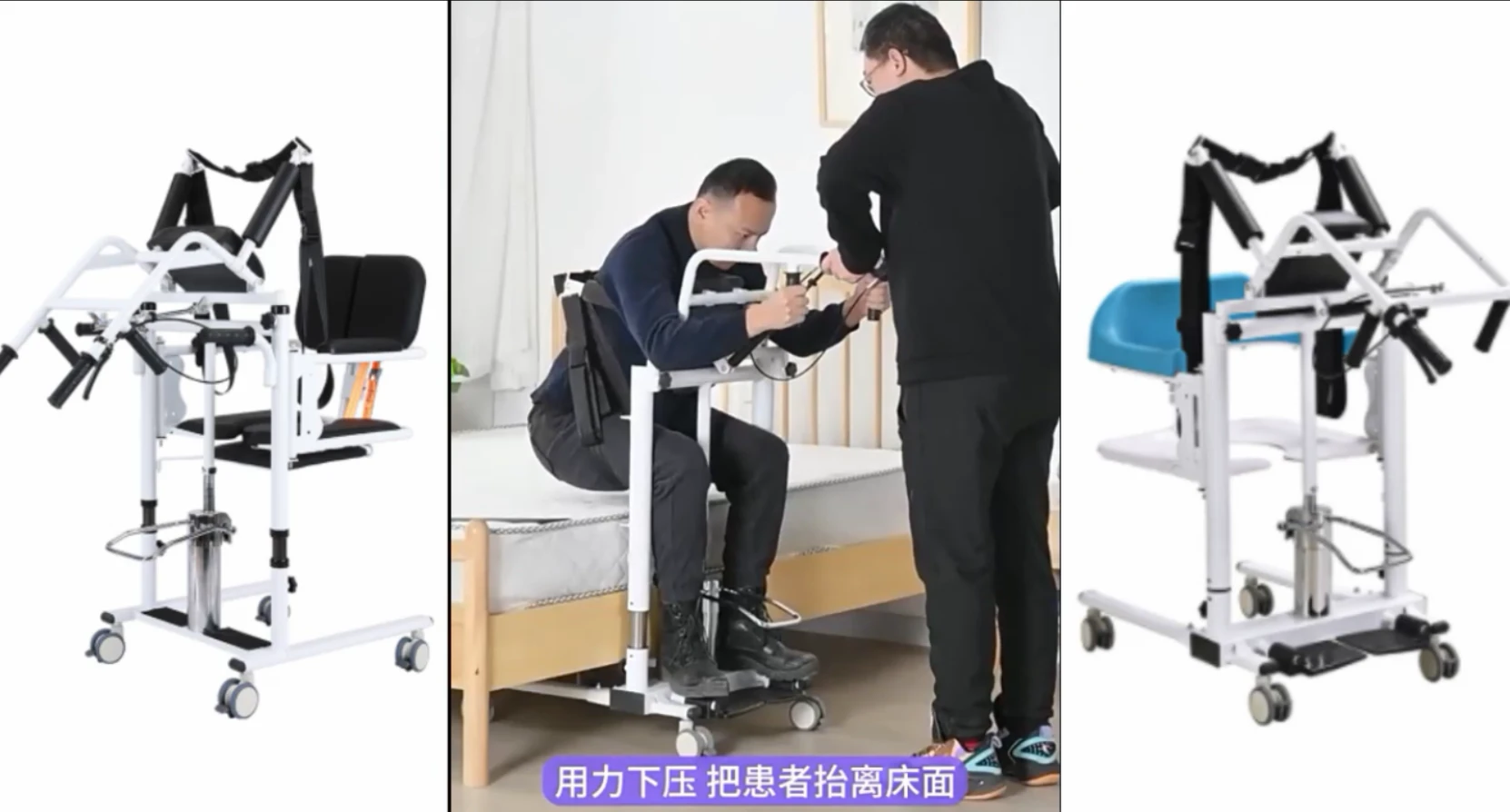
(portable electric power wheelchair)
FAQS on portable electric power wheelchair
Q: What is a portable electric power wheelchair?
A: A portable electric power wheelchair is a battery-powered mobility device designed for easy transportation and maneuverability. It is compact and typically foldable, making travel and storage convenient. These wheelchairs are ideal for individuals seeking independence and flexibility.
Q: How much does a portable lightweight electric foldable power wheelchair weigh?
A: Most portable lightweight electric foldable power wheelchairs weigh between 40 to 60 pounds (18 to 27 kg). The exact weight depends on the model and battery type. Their light structure ensures convenient lifting and carrying.
Q: Are portable electric power wheelchairs airline approved?
A: Many modern portable electric power wheelchairs are designed with airline approval in mind. Check for models with removable lithium batteries and compact, foldable frames. Always confirm airline requirements before traveling.
Q: What factors affect electric power wheelchair prices?
A: Prices for electric power wheelchairs vary based on features, weight capacity, materials, and battery type. Additional accessories and advanced technologies can also increase the cost. Entry-level models are more affordable, while premium ones offer extra comfort and function.
Q: Can I use a portable electric power wheelchair on different terrains?
A: Many portable electric power wheelchairs are suitable for indoor and smooth outdoor surfaces. Some models offer upgraded wheels and suspension for uneven terrains. Always check the product specifications for terrain compatibility.





